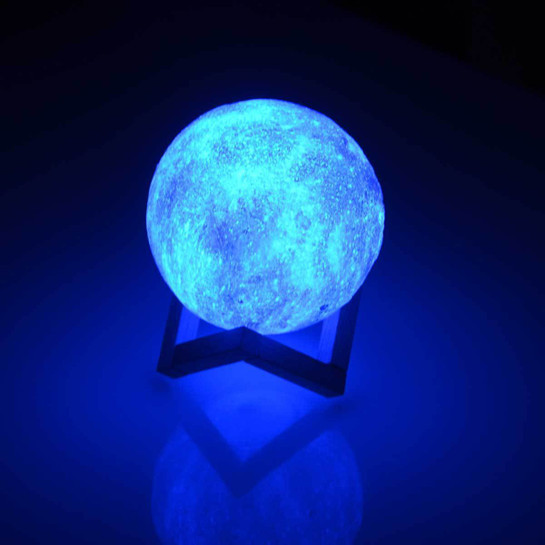What is Visual Stimulation?
Visual stimulation refers to the process of providing sensory input to the visual system through various means such as images, colors, patterns, and movements. This sensory input activates the brain's visual cortex, leading to a range of cognitive and emotional responses.
The Science Behind Visual Stimulation
Research has shown that visual stimuli can significantly impact brain function. When we encounter visually appealing elements, our brains release dopamine, a neurotransmitter associated with pleasure and reward. This reaction not only boosts our mood but also enhances focus and motivation. Additionally, visual stimuli can improve memory retention and learning by creating strong neural connections.
Benefits of Visual Stimulation
- Enhanced Creativity: Exposure to diverse visual elements can spark creativity and inspire innovative thinking. Artists, designers, and writers often rely on visual stimuli to fuel their imagination.
- Reduced Stress: Incorporating calming visuals such as nature scenes or soothing color palettes can help reduce stress and anxiety. Studies have shown that spending time in visually pleasing environments can lower cortisol levels and promote relaxation.
- Improved Productivity: A well-designed workspace with the right visual elements can boost productivity. For example, incorporating natural light, vibrant colors, and organized layouts can create a conducive environment for focused work.
- Better Mental Health: Visual stimuli can play a role in mental health therapy. Art therapy, for instance, uses visual expression to help individuals process emotions and improve their psychological well-being.

